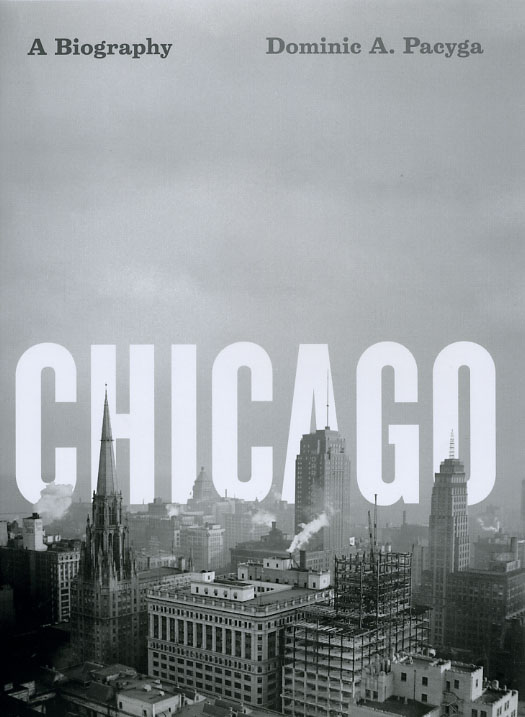What sort of person is Chicago?
 Chicago: A Biography—Dominic Pacyga’s engaging new history of the Second City—was featured recently in both the Reader and the Chicago Tribune‘s Printers Row blog.
Chicago: A Biography—Dominic Pacyga’s engaging new history of the Second City—was featured recently in both the Reader and the Chicago Tribune‘s Printers Row blog.
The Reader has an interview with Pacyga that ranges from his childhood experiences in the Back of the Yards neighborhood to the persistence of twentieth century paranoia about anarchism. From the interview:
A biography? You’re treating Chicago like a person?
This book is an attempt to give an overview of the city’s life. So I tried to do what I think a biographer does: he looks at various ups and downs in a person’s life, talks about the turning points, and tries to shed light on the person’s character.
So it’s anecdotal?
It’s a history that tells the story of race and ethnicity, technology, economic development, and politics, through various high and low points. If that’s anecdotal then I guess so.
Were there any surprises?
Even after teaching the history of Chicago for 30 years, I wasn’t aware of the paranoia about anarchism that has been in the city, from the Haymarket on, till about 1968. That struck me. Lucy Parsons, the wife of Albert Parsons, who was hung after the Haymarket affair [in 1886], was still getting blamed for things in the 1920s. She lived till 1941, and every time there was some sort of labor agitation, they looked for Lucy Parsons.
Read the full interview.
The Printers Row blog posted about Pacyga’s book with a list of interesting facts from the book.
Did you know: “the section of 26th Street in Chicago’s Little Village is the busiest shopping strip in the city outside of North Michigan Avenue. Identified by the gate which stands at the former site of Pilsen Park bearing the words ‘Bienvenidos a Little Village’ (‘Welcome to Little Village’), the district is filled with a variety of independently-owned shops and restaurants.”
For more, navigate to the Printer’s Row blog.
Also we have gallery of historical photographs from the book.